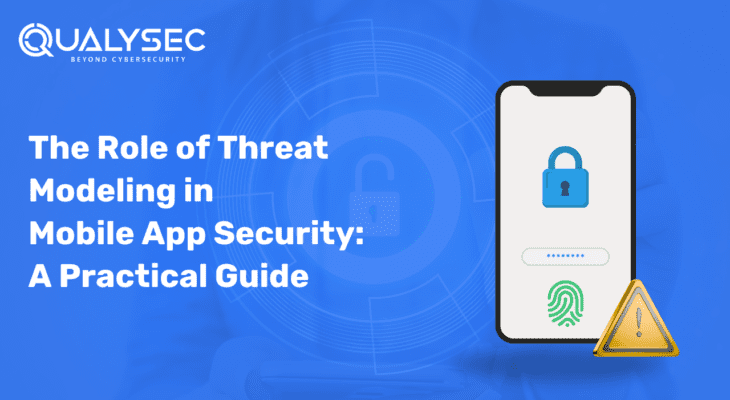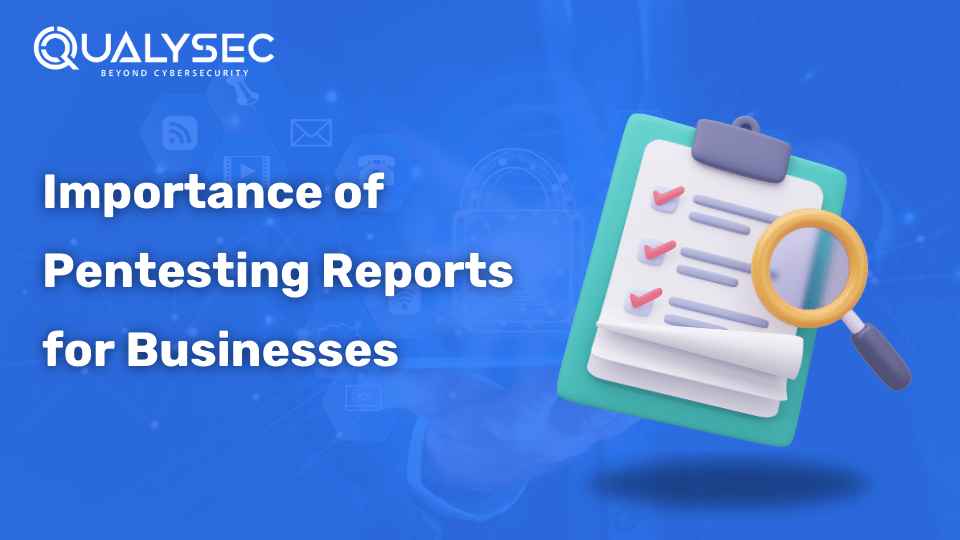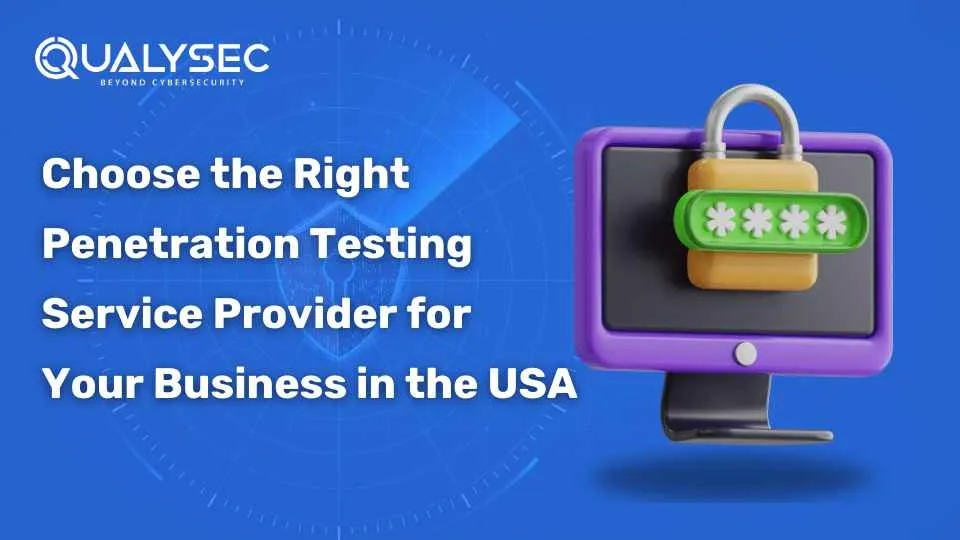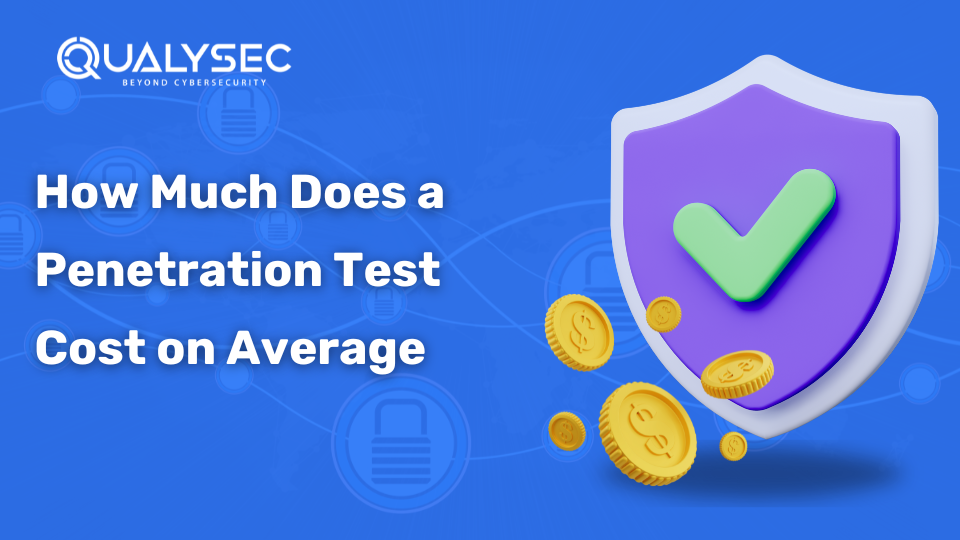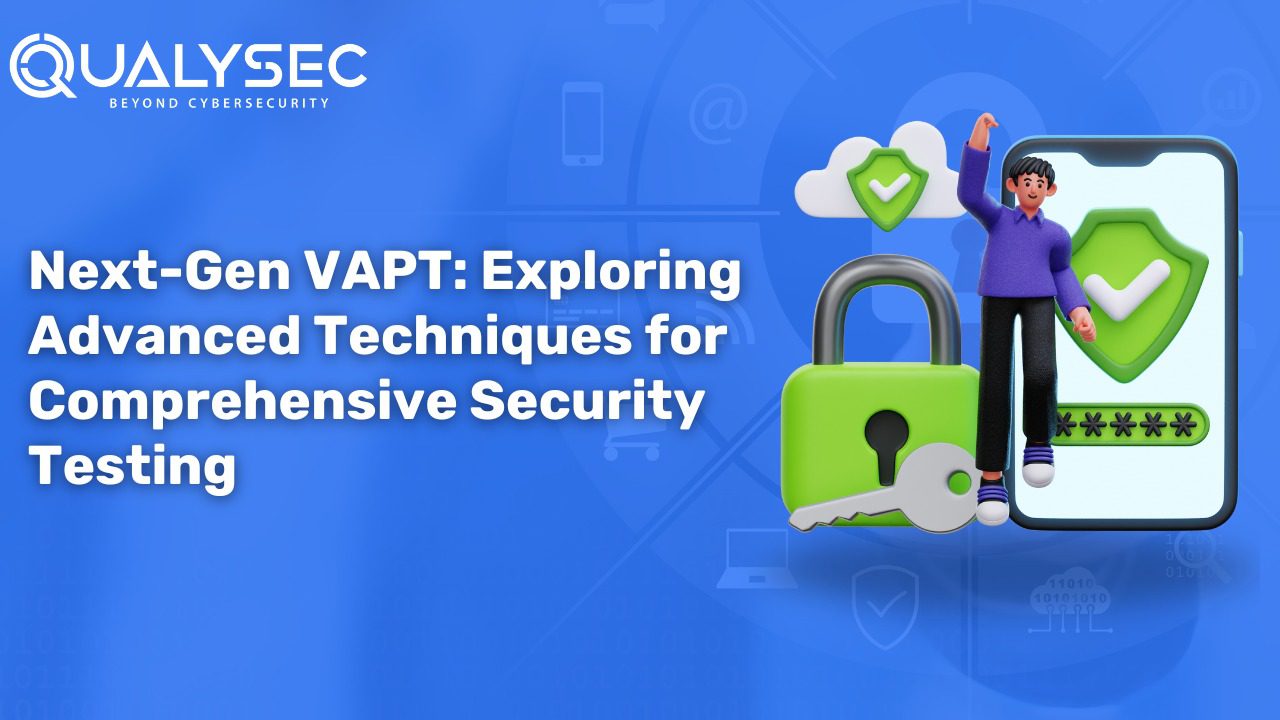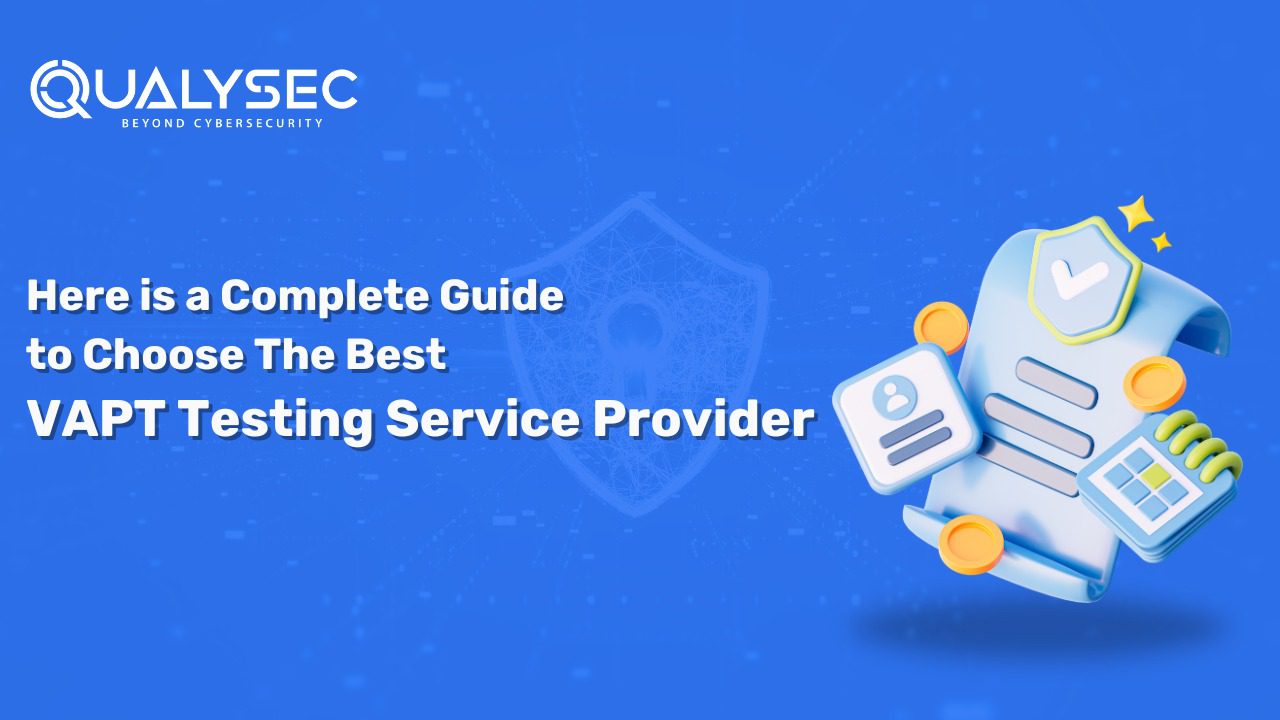Top 10 Best Mobile App Security Companies in the US
Table of Contents Mobile application security involves protecting mobile applications from data theft and cyber threats. This method involves following various practices. Mobile app security companies check the security of mobile applications and also help the companies protect the valuable data of individuals and businesses. Their software not only finds security issues but also fixes
Read More

